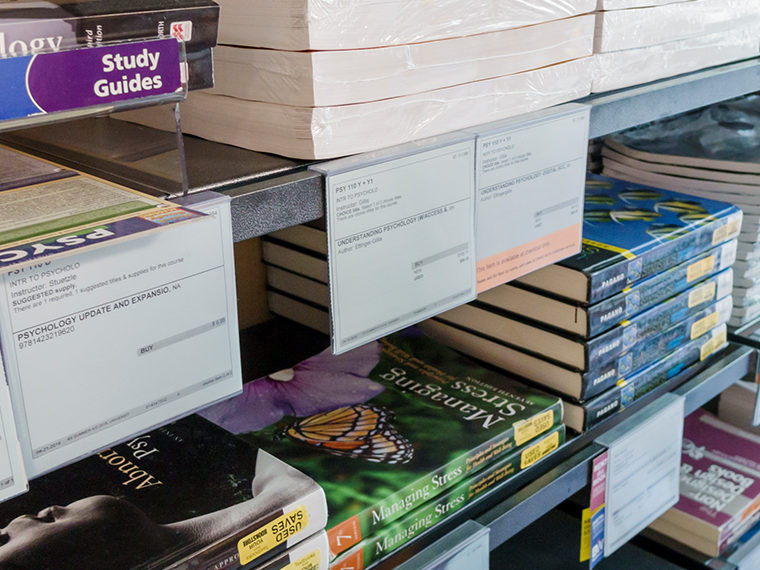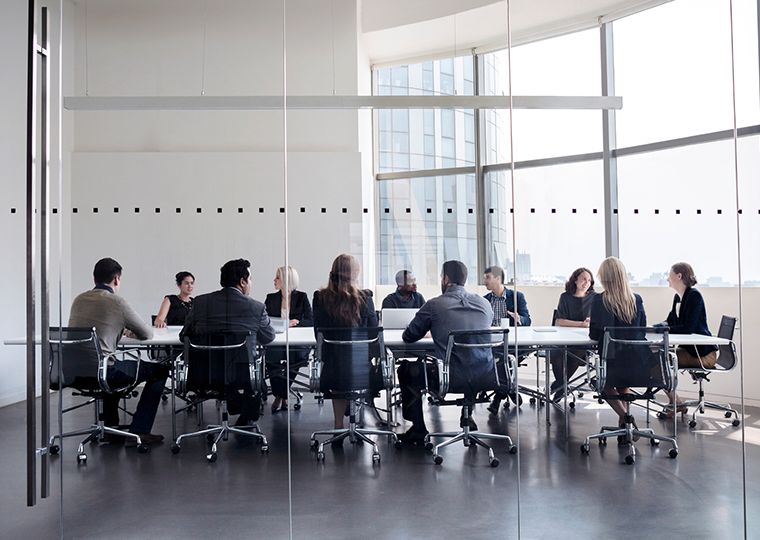By age 10 or earlier, kids are putting more weight on the future than the past — just like adults
Research has established that adults have an inconsistent relationship to events. We tend to care about and connect to an event that has yet to happen more so than something that is already in our past.
An event that is a week into the future is typically viewed as being closer in time than the same event that happened a week ago. We report a higher emotional connection to events in our future relative to the impact the same event registers when it is in our past. And we’re inclined to value an experience that has yet to happen more than the same experience once it has passed. Our view of others’ activities is also future-biased, prompting greater levels of envy around events yet to occur.
Research published in the Journal of Experimental Psychology: General finds that, contrary to popular opinion that kids lack a future focus, the young, in fact, possess these “temporal asymmetries” just like adults.
Opt In to the Review Monthly Email Update.
Across three experiments, Queen’s University Belfast’s Patrick Burns, Teresa McCormack, Aine Fitzpatrick and Jemma McGourty, the University of Edinburgh’s Agnieszka Jaroslawska and UCLA Anderson’s Eugene Caruso found that as early as ages 4 to 5, kids have more interest and investment in their future than their past.
“Our findings do not provide strong support for the idea that children are less future-biased than adults and instead suggest that temporal asymmetries may result from basic characteristics of cognition,” the researchers write.
They created experiments that relied on concrete real-life events — Easter, Christmas, Halloween — that would be understandable to even the youngest participants, rather than posit hypothetical scenarios.
Some participants were put through a series of questions two weeks prior to a given holiday while others were queried two weeks after that same holiday.
For example, the Easter experiment focused on nearly 500 participants who ranged from children age 6 to college undergraduates.
To study the emotional weight of past versus future, participants were asked, “When you think about what your Easter break will be like (was like), how does it make you feel right now?” They chose among a series of seven emotional faces ranging from 0 (very sad) to 6 (very happy).
To measure how past or future influences the assigned value placed on an event, the researchers used age-appropriate scenarios. The younger kids were asked how much more homework they would take on to extend Easter break by three days. Adolescents were asked how much they would spend on a gift box (ranging in value from £10 to £200) for their teacher to snag the extra three days. The young adults were asked how much cash they would pay (same £10–£200 range). Across all age groups the participants answered on a scale of 1 to 10.
The time factor in past/future weighting was gleaned by asking all the participants, “When you think about what your Easter break will be like in two weeks’ time (was like two weeks ago), how far away does it feel? Does it feel like it will happen really soon (happened a really short time ago) or does it feel like it will happen in a really long time (happened a really long time ago)?”
The other experiments followed the same general process. The Christmas experiment queried more than 230 children in the age groups 6 to 7 and 9 to 10. Nearly three hundred 4- and 5-year-olds were run through the Halloween experiment.
Across the experiments, a heavier interest and weighting of the future over the past was present by age 9 to 10 in terms of emotional connection, sense of time and valuation. And once a future bias was in place it didn’t increase with age.
But between ages 4 and 10 there is an evolution of sorts. The 4- and 5-year-olds had a clear bias that future events were closer than the same event equidistant in their past. This past/future time-distance bias was the strongest of the three asymmetries.
“Our findings suggest that the future typically really does feel closer than the past and that this reflects a fundamental characteristic of cognition that is intact early in development.”
By age 6 to 7, children report a greater emotional connection to future events than past events.
Valuing the future over the past was the last to emerge, but was present by age 9 to 10.
Featured Faculty
-
Eugene Caruso
Professor of Management and Organizations and Behavioral Decision Making, Bing (’86) and Alice Liu Yang Endowed Term Chair in Teaching Excellence, Faculty Co-Director, Inclusive Ethics Initiative
About the Research
Burns, P., McCormack, T., Jaroslawska, A., Fitzpatrick, A., McGourty, J., & Caruso, E. M. (2019). The development of asymmetries in past and future thinking. Journal of Experimental Psychology: General, 148 (2), 272–288. doi: 10.1037/xge0000464






